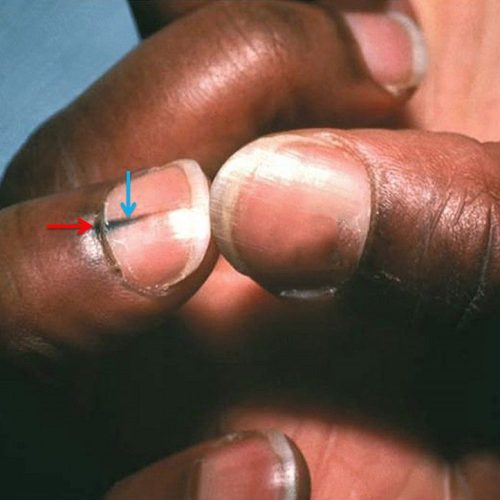Awarded “Most Inspiring Dermatologists” by Economic Times and Times Of India group (TOI)





Nail tumors are abnormal growths that develop under or around the nail, affecting its appearance and function. These can be benign (harmless) or malignant (cancerous). Common types include glomus tumors, subungual melanoma, squamous cell carcinoma, and viral warts.
Nail tumors may arise due to genetic factors, infections, or chronic irritation. Symptoms often include:

FAQ – Nail Tumor
A nail tumor is an abnormal growth under, around, or within the nail. It can be benign (non-cancerous) or malignant (cancerous) and may cause discoloration, pain, or nail deformity.
Common types include glomus tumors, melanoma, squamous cell carcinoma, warts, myxoid cysts, and fibromas. Some are harmless, while others require medical attention.
Symptoms may include nail discoloration, thickening, ridges, bleeding, pain, or a visible lump under or around the nail.
A dermatologist examines the nail using dermoscopy, imaging tests, or a biopsy if necessary to confirm the diagnosis.
Treatment depends on the type of tumor and may include medications, laser therapy, surgical excision, or biopsy for further evaluation.
If you notice persistent changes in your nail, pain, bleeding, or a growing lump, consult a dermatologist immediately.